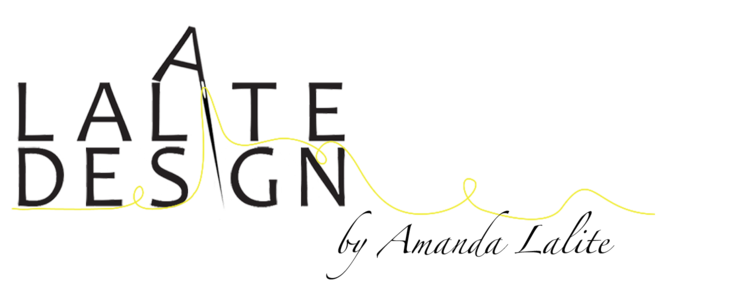Winter is here, and here to stay. With these chilling temperatures, ones wardrobe requires a few staple items. A main one being a good coat. “Good” meaning: stylish, comfortable, and of course, warm.
Unfortunately I’ve been a little late in my preparation for this season and I have yet to choose the perfect type of coat I’d like to make for myself. In the past, I’ve made a lighter weight wool blend coat, wish I still adore but I feel it’s time to revamp my outerwear selection, as I’ve outgrown that coat.
The thing is, making a tailored winter coat, is not the fastest or easiest of tasks. There are so many elements of that go “behind the seams” of the many coats we see hanging on the racks of the many stores we visit.
*(Disclaimer: I have considered purchasing a coat, however I have had little luck in finding one that I truly love and that I feel embodies the look and style that I want. So I came to the conclusion to try to make one to my liking.)
So, embarking on an endeavor to create my own requires a bit of planning and clear decision making before picking up the scissors and wishing for the best. To help do this, I am brainstorming ideas of the primary elements that would make up my ideal coat.
To start, I have to choose the fabrication. Of course, I want warmth to endure these low temperatures, but still want to look and feel stylish. As opposed to a down filled polyester puffer coat, which I have never really been a fan of wearing unless COMPLETELY unavoidable due to the ridiculous weather of the east coat, I would prefer a more stylish outer layer, like say wool.
A wool coat is classic and timeless. You can never go wrong with neutral colors like black, gray, or camel. However I feel those are all too common. I want something different, with the right amount of detail that makes me stand out in the sea of black coats walking the icy sidewalks of winter New York.
Which brings us to some variations of wool: herringbone, houndstooth, or my preference wool tweed.
These textiles elevate a coat with some textural details and can add a unique flair. Of these three, I prefer tweed, as it can equally mirror the elegance of the Chanel tweed suit as well as some modern edge with frayed seams and “unfinished hems”.
Wool tweed fabric is fairly easy to sew, as it is medium to heavier weight and does not move around on its own too much while it is being sewn, However, like I mentioned before, making a warm and sturdy coat requires some tucked away elements such as fusible interfacing which is used to build the shape of a coat by ironing it onto the underside of the outer fabric.
Now, interfacing is used much more extensively for detailed tailoring like that used for suiting where it is used throughout the garment (sleeve, shoulders, collar, lapel, body) to add structure and stiffness that makes those expensive suits last so long.
For the type of coat I am going for however, a lightweight weight interfacing, such as a fusible tricot will add the support and subtle structure I want without causing too much stiffness. This interfacing can be used on the shoulders, collar, lapels, and back vent, if any.
Next, a lining must be chosen, as it conceals all of that interfacing. Personally, I love a lining that is interesting and pops out as a surprise element when the cast is opened. Any kind abstract print, or corky design repeat would catch my eye. When lining wool, theres a range of fabrications to choose from. The most common choice is a polyester blend, as it maintains heat and is stiff enough to stand behind the thickness of wool textiles. Other options include satin, silk, or rayon and cotton blended linings that will be a bit more light weight and soft to touch.
As far as closures, I am open to either a zipper or buttons, or both! A lot of times I prefer buttons as I can add yet another level of detail and contrast with a pop of color or interesting textured button.
Ah, and lets not forget pockets! Whether they are in the side seam or patched onto the front body, a great coat has pockets. Period.
So, now the I have my list, I must head out to get these and get started. Wish me luck and stay tuned for updates!
